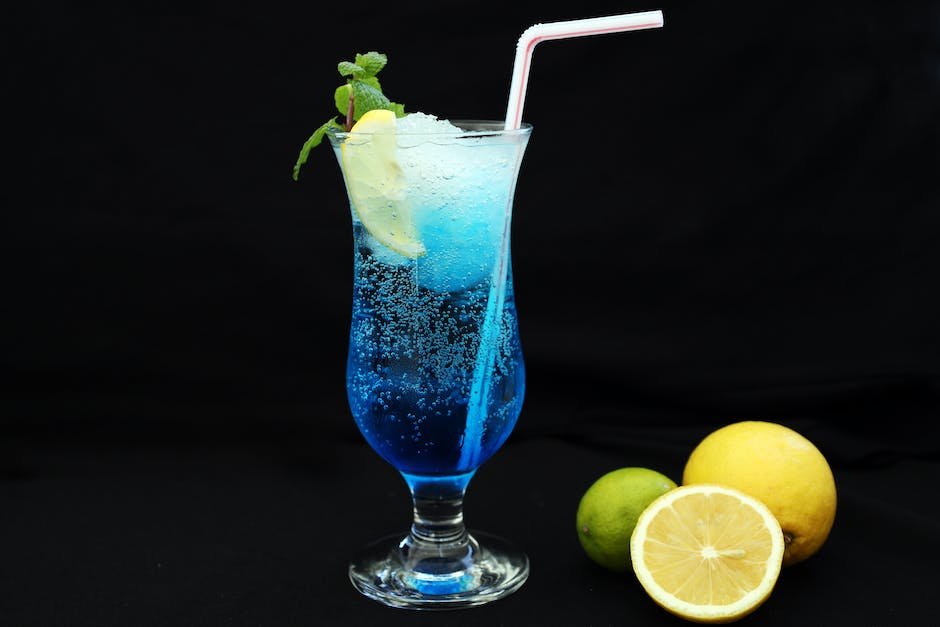Limes are one of the most common fruits we enjoy eating or drinking every day. They are also an important part of many recipes, from drinks to foods. While some people may know that you can use just half a lime per drink or plate of food, how much juice each person needs varies depending on their body type and personal taste.
There is no standard amount of acidity that one person’s skin will absorb and tell if they need more or less than someone else’s. It also depends on what kind of wash products they use and whether those products contain alcohol!
This article will go into detail about the different levels of acid for your specific skin tone and how to determine the needed amount for yourself and your daily skincare routine. There are several methods to do this, so choose which one works best for you.
Making sure your skin gets enough acidity is very important as it helps prevent dry patches and wrinkles, and keeps your skin feeling soft and smooth. Unfortunately, our manufactured tap water isn’t always rich in acid content, so choosing purified water over regular tap water doesn’t guarantee your skin receives the right balance of moisture and acidity.
Drinking plenty of plain water won’t necessarily help either, because acidity goes down not only due to dehydration but also digestion. Luckily, we can easily supplement our diet with vitamin C to boost its absorption.
What is the volume of liquid in a lime?

The volume of liquid in a whole fresh, unsalted lime is actually quite surprising. Most people assume that one would have to cut away some of the flesh to measure the amount of juice, but you do not need to do this!
The juiciness of limes comes from two main components– internal fluid (water) and acidity. Since limes are naturally acidic, they contain an adequate supply of acid. It was determined through research conducted by the University of California that 95% of the dry weight of a lime’s pulp is made up of water. This means that if we were to weigh the lime before and after eating it, then subtracting the weights of both pieces, we could conclude that there is only 5% acid content left in the dried out peel.
This leaves us with the conclusion that even though there may be less than 5 ml of “juice” remaining, all of this liquid is due to the acid content! As mentioned earlier, limes are naturally acid so they will contribute enough acid to our diets!
Note: When performing these experiments make sure to wash your hands thoroughly afterwards or risk transferring excess acid onto them.
The volume of liquid in a lime increases as the lime gets juicier
As your lime squeezes down, it will get thinner and thicker, even causing it to break under strong pressure! This is because as the acidity decreases, the water needed to make the lime more dense becomes less important.
So how much juice does one lime contain? It depends on the amount of time you press it. If you pressed it for just a few minutes then the internal concentration of acid would be lower, meaning there would be less tanginess and thus, no difference in taste when you cut into it.
But if you squeeze a lime hard for twenty minutes, then its internal concentration of acid has time to fully develop, and so it tastes sharper and has greater intensity.
How many milliliters are in a lime?

The amount of pulp in a whole fresh lime can fluctuate quite a bit, making it difficult to determine how much juice a one-lime serving size contains.
Most people know that you get about 6–8 drops of acid per teaspoon (5 ml) of freshly squeezed citrus juice, but few know what these six or eight drops actually look like!
Another way to define “droplet” is as two microliters.
1 milliliter equals 1/1000th of a cup

One important thing to note is that one ml of juice does not equal one whole glass of liquid, which is usually considered to be one cup. A cup typically contains eight ounces (by weight), but can vary slightly depending on what size person you are.
So, oneml of citrus juice actually corresponds to only half a cup of fresh squeezed lemon or lime juice!
This seems like a very small amount, but it can make a big difference when doing recipes. For example, if you were making pancakes, then just putting in enough milk for your batter would mean there was no flavor enhancement because there was nothing else to drink while cooking.
By adding some juice into the mix, the pancake taste comes through more clearly.
1 lime has 9 milliliters of juice

Although some people may say that you can never have enough fresh citrus, having too much can be a struggle. Luckily, we have recipes for everything! Including this helpful information about how many grams of sugar each half-cup serving of freshly squeezed lemon or lime contains.
Oftentimes, people will claim that lemons are not as sour as limes because they use less acid. This is false! Acidity is determined by both acids and pH levels, and there are different ways to determine which one is more powerful.
When it comes to using oranges, limes, and lemons, our favorite ratio is one orange, one lime, and two lemons. That way you get just enough acid to make the food taste better while still leaving something for yourself! 😉
Another myth is that you should only use the white part of an apple cider vinegar in recipes. You can actually add either the clear liquid or the darker crystallized kind at the same time as the alcohol when making sure your drink does not contain any solid ingredients.
2 limes have 18 milliliters of juice
More than that at the very least two dozen times is one bottle of freshly squeezed lime juice! That’s not even counting all the water you’d need to drink while ingesting the juice!
Lime contains an important nutritional compound called citric acid, which helps neutralize stomach acids. It also aids in digestion by breaking down food molecules into simpler forms.
Drinking enough fresh lime juice can help mitigate symptoms of IBS (irritable bowel syndrome), a condition characterized by abdominal pain or cramping, diarrhea, constipation, or both. Because gut bacteria influence how your body processes nutrients, eating a healthy diet may be a way to restore balance to the digestive system.
3 limes have 27 milliliters of juice
Although it may sound like a lot, one really should not worry too much about how many grams of sugar you are consuming per serving. One glass of fresh squeezed fruit or vegetable juice is usually only two to three tablespoons (27-45 ml) depending on the type of liquid you use!
Many people make the assumption that because there are more carbohydrates in oranges than say, carrots, then they must contain more sugar. This isn’t always the case though as most of the carbohydrate content in an orange comes from the pulp while the skin has very little glucose. The same can be said for carrots!
By comparison, a cup of carrot juice will typically have around eight teaspoons (36 g) of sucrose which equals almost half a gram of sugar per tablespoon.
4 limes have 36 milliliters of juice
One of my favorite snacks is berries with some lime or lemon juice and coconut milk! The amount of berry flavor you get depends on how much liquid you have- thus, the importance of having enough acid to help taste budsthroughout.
Lemons are more acidic than oranges so they make better balance when mixing with other fruits that contain natural sugars such as strawberries, melon, or even pineapple. They’ll take down these foods and neutralize their sweet tastes.
If you like strong flavors, then start experimenting with different acids to see which ones pair well with what you want to eat.


















